A test charge q is taken from point A to B in electrostatic field of other charge Q as shown in figure. The reletion between potetial energy and potential ( between points A and B) is 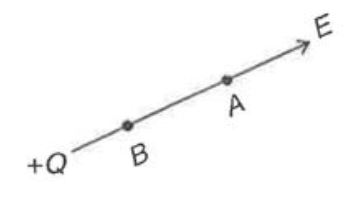
(P.E)AB=VA−VB
(P.E)AB=(VA−VB)q
(P.E)AB=(VA+VB)q
Information given is insufficient
The correct Answer is:B
Step by step video & image solution for A test charge q is taken from point A to B in electrostatic field of other charge Q as shown in figure. The reletion between potetial energy and potential ( between points A and B) is by Physics experts to help you in doubts & scoring excellent marks in Class 12 exams.
Topper's Solved these Questions
Similar Questions
A test charge q is made to move in the electric field of a point charge +Q along a closed path as shown in figure. What is the work done ?
 View Solution
View SolutionAn infinitely long line of linear charge density λ is shown in the figure. The potential difference VA−VB between the two points A and B is
 View Solution
View Solution
Knowledge Check
- Question 1 - Select One or More
A charge particle q is projected in an electric field produced by a fixed point charge Q as shown in figure. Mark the correct statements.
 AThe path taken by q is a straight line.BThe path taken by q is not a straight line.CThe minimum distance between the two particles is qQ2πε0+√qQ2πε0+4m2u2a22mu2DVelocity of the particle q is changing in both magnitude and direction.
AThe path taken by q is a straight line.BThe path taken by q is not a straight line.CThe minimum distance between the two particles is qQ2πε0+√qQ2πε0+4m2u2a22mu2DVelocity of the particle q is changing in both magnitude and direction. - Question 2 - Select One
A positive point charge q is carried from a point B to a point A in the electric field of a point charge +Q at O. If the permittivity of free space is ε0, the work done in the process is given by (where a=OA and b=OB) -
AqQ4πε0(1a+1b)BqQ4πε0(1a−1b)CqQ4πε0(1a2−1b2)DqQ4πε0(1a2+1b2) - Question 3 - Select One
The electrostatic potential due to the charge configuration at point P as shown in figure for bltlta is
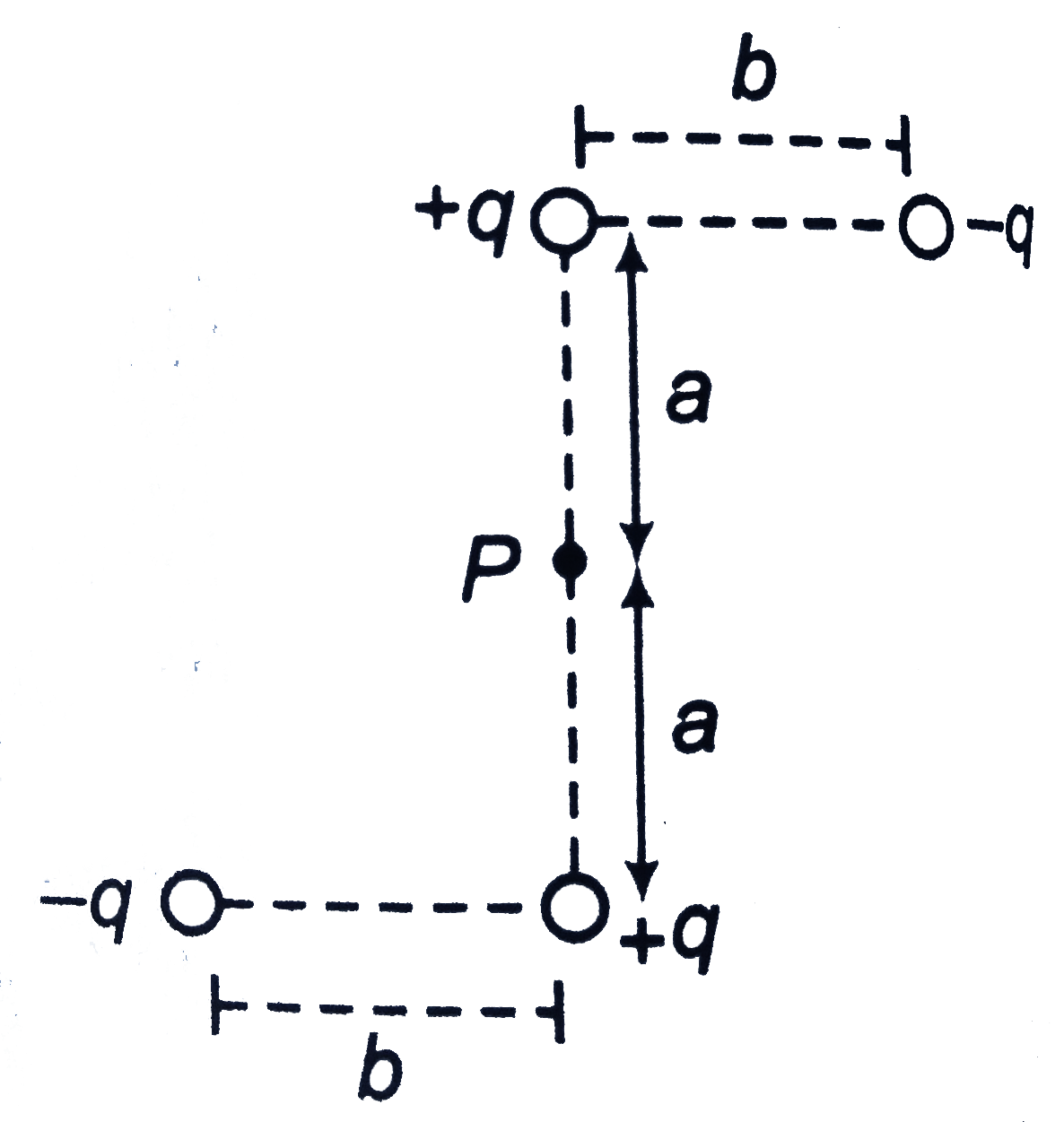 A2q4πε0aB2qb24πε0a3Cqb24πε0a3Dzero
A2q4πε0aB2qb24πε0a3Cqb24πε0a3Dzero
A test charge q is moved without acceleration from A to C along the path form A to B and then from B to C in electric field E as shown in the figure.
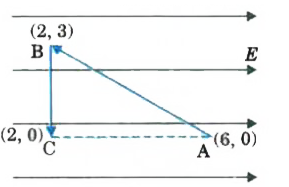
(i) Calculate the potential difference between A and C.
(ii) At which point (of the two) is the electric potential more and why?View SolutionA test charge q is moved without acceleration from A to C along the path from A to B and then from B to C in electric field E as shown in Fig. (i) Calculate the potential difference between A and C (ii) At what point [of A and C] is the electric potential more and why?
 View Solution
View SolutionA test charge 'q' is moved without acceleration from A to C along the path from A to B and then from B to C in electric field E as shows in the figure. (i) Calculate the potential difference between A and C. (ii) At which point (of the two) is the electric potential more and why ?
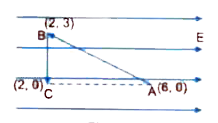 View Solution
View SolutionA charge Q is placed at the centre of the line joining two point charges +q and +q as shown in figure. The ratio of charges Q and q is
 View Solution
View SolutionFour point charges Q.q Q and q are placed at the corners of a square side 'a' as shown in the figures.
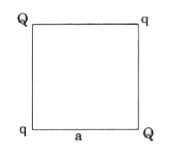
Find the Potential energy of this system.View Solution

